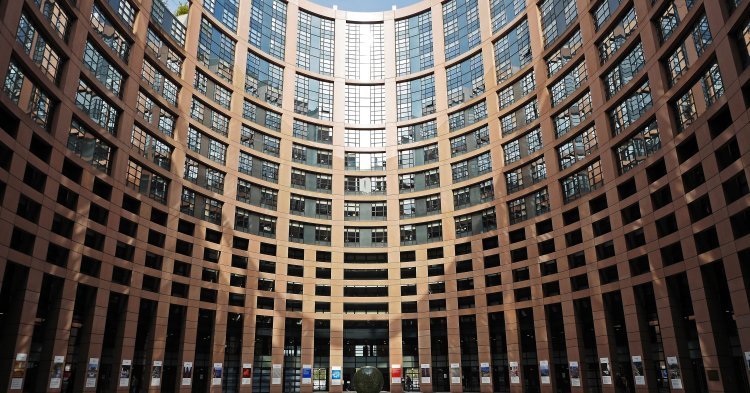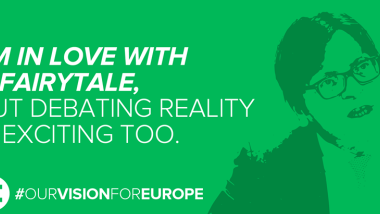At European Movement Finland’s “One Year Until the European Elections” discussion on 25 May, MEPs Liisa Jaakonsaari (S&D), Pirkko Ruohonen-Lerner (ECR) and Heidi Hautala (Greens/EFA) alongside other speakers were asked to comment on Spitzenkandidaten. The question of how their national-level parties will promote their respective European-level top candidates was conveniently dodged by each speaker. However, Heidi Hautala presented another interesting idea: letting European elections determine who should become the Finnish Commissioner. The party that comes first in the election would get to appoint their preferred Commissioner.
Re-energising the elections
I was initially enthusiastic about the idea, and said as much on Twitter. The obvious benefit would be that European elections would be injected with new excitement and energy. The elections would start mattering a lot more for the parties. The Commissioners may usually be relatively safe from media scrutiny, but having a Commissioner would be a great prize for any party.
The people would have a clear choice between different alternatives, and their vote would matter more than before. If each Commissioner were as directly elected as a Prime Minister, it would be even harder to argue that the people’s voice doesn’t count in the EU. One could also anticipate this combination generating a higher voter turnout than what we have seen before.
But this is not how the Commission works
Despite the good sides, further reflection reveals the idea to be problematic. One issue relates to the applicability of the idea in countries outside Finland. Moreover, the proposal mistakenly implies that the Commission is a collective of 28 representatives of their home countries, rather than a body acting in the overall European interest.
To Heidi Hautala’s credit, the suggestion focused on the elections in Finland. It appears unlikely that the party coming out on top in the 2019 elections in Finland will be outside the EPP - S&D - ALDE “grand coalition” of the European Parliament that has traditionally composed the great majority of the Commission. As such, the Finnish electorate would return a Commissioner who is likely to fit in the 28-member (yes, 28!) College.
However, those enthused by the idea elsewhere should first check their domestic political circumstances. If the French Commissioner came from the National Front, the British one from the UK Independence Party, or perhaps the Italian one from the Lega, we would all be in for a rough ride. The Commission adopts decisions as a collective and, like any cabinet in a member state, has to be ideologically cohesive for working together to be possible. If in some countries the election is won by a moderate party, and in others by a radical one, the Commission would be doomed to suffer from deep internal divisions.
Moreover, it is questionable whether borderline fascist Commissioners would enjoy the Parliament’s trust for long. A Commission appointed under this model would potentially face disarray and a merciful censure vote by the Parliament. On the bright side, a censure vote would remind the public that the Commissioners are accountable to the European Parliament!
A broader point deals with the nature of the Commission. Even if the Commission remained ideologically cohesive, the proposal misconstrues the body as an awkward amalgamation of 28 nationalities, rather than as one European executive. In 2019, Europe won’t see 28 elections to 28 different parliaments, but one EU-wide election. Those elected will all sit in the same plenary chamber, not 28 separate ones. This has to be reflected in how the Commission is built. Getting the election wrong would be as big a problem as Commissioners promoting their home countries’ narrow short-term interests whilst standing behind an EU flag-adorned podium.
Why not look at the Parliament instead?
At first sight, it looks like a good idea to let voters decide on their Commissioners nationally, but ultimately the idea is problematic and potentially even dangerous. Fortunately, a better alternative exists. Namely, the Commissioners could be picked from among newly elected MEPs. The people would still give a democratic mandate to their health Commissioner in the same way as they have given a mandate to their domestic health ministers. Meanwhile, the problems presented above are solved, as the incoming Commission President would have more of a say on their future team members, who would also more clearly be serving in the European interest.
At the end of the day, the Commission is not directly responsible to the people, but to the European Parliament. This is no different from how things work within the member states. As such, the healthier route towards finding energy and excitement for European elections goes via the hemicycle, not via the ecclesia.





Follow the comments: |
|
